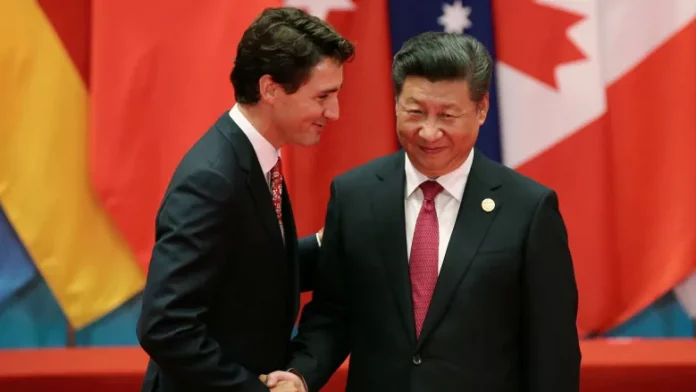by Brad Salzberg
CAP
June 21, 2022
To insist that “post-modern” social developments are devoid of historical precedents is to draw a false conclusion.
It was in 2016 that Prime Minister Justin Trudeau declared Canada a post-modern society. It has taken a number of years to understand his meaning. In 2022, the picture is much clearer. Since day one, Mr. Trudeau has been indulging in what can be described as a “soft revolution.”
Throughout these years, government has methodically pushed Canada away from its democratic foundation. In its stead, the Liberals have entrenched a form of neo- authoritarianism. It is new, and not so new, at the same time.
A look at the history of revolutionary China evokes parallels with present-day Canadian society. In specific terms, this relates to China’s Cultural Revolution, a socio-political movement spanning from 1966 until founder Chairman Mao Tse Tung’s death in 1976.
Back in 1966, the cultural revolution in China introduced a policy they called “Destruction Of The Four Olds.” A purging of historical identity became the standard of the day. The targets were Customs, Culture, Habits, Ideas.
The result of the “Four Olds” was destruction of historical sites, libraries, statues, buildings, and other forms of cultural identity. Streets and towns were renamed. In the name of the revolution, citizens were encouraged to criticize cultural institutions, and question the values of their parents.
Comparative analysis uncovers frightening parallels. Many are familiar with controversy regarding the tearing down of statues in Canada, including those of founding father, Sir John A. MacDonald. Add to this Critical Race Theory within Canada’s education system. This ideology calls for an erasure and/or revisionism of our history for the purpose of eradicating what movements like Black Lives Matter consider “white supremacy.”
We note an affinity with China’s revolution in the erosion of Canadian culture as advanced by federal and provincial governments:
November, 2022– “The B.C. Royal Museum[Victoria, Canada] has announced it will be closing sections of the First People’s gallery on its third floor as it seeks to decolonize the institution.”
Read More HERE


